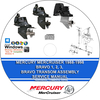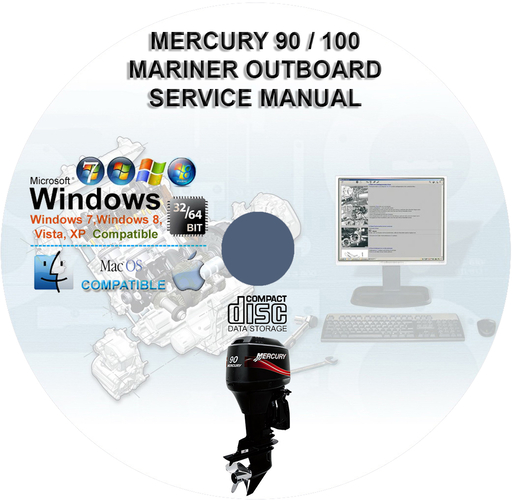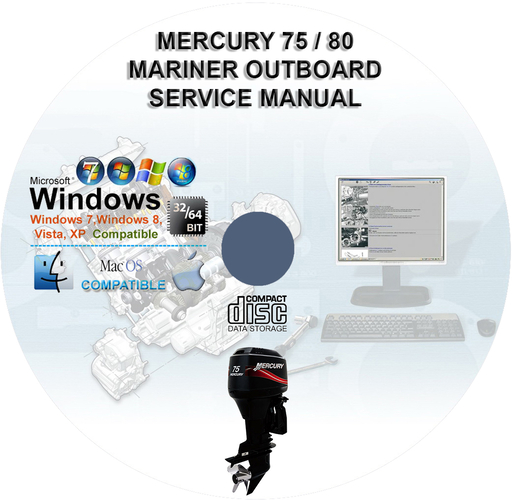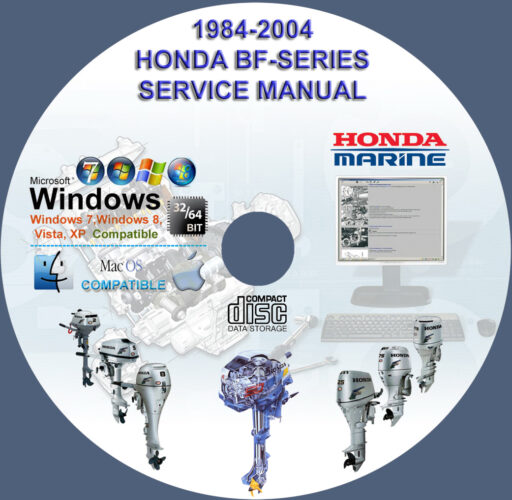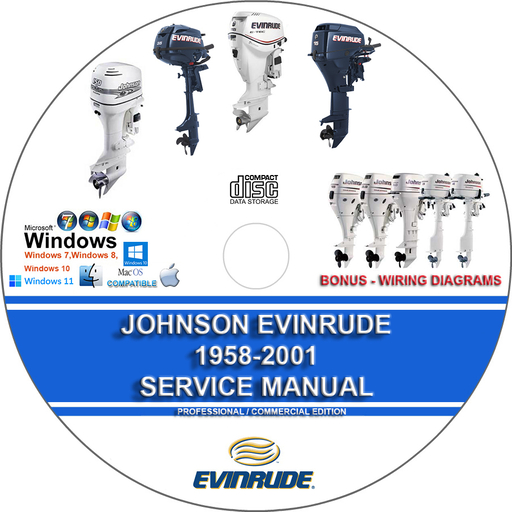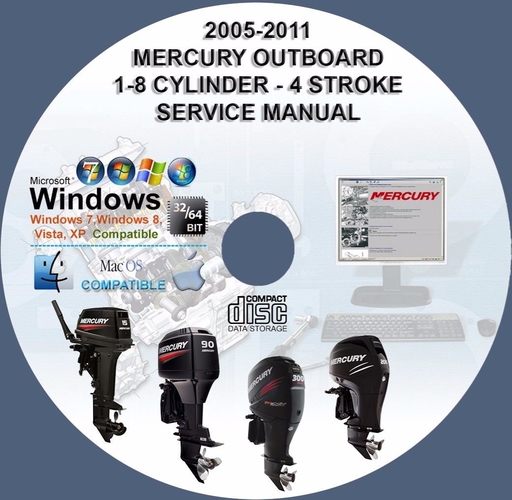Mercury Jetdrive 90 95 120 175 200 210 240 250 Factory Service Repair Manual + Wirings
$39.00 – $48.00Price range: $39.00 through $48.00
Mercury Jetdrive 90 95 120 175 200 210 240 250 Factory Service Repair Manual + Wirings
You can download this or I can ship it to you.
Loaded with Hi Resolution illustrations, instructions, photos, and diagrams, complete to service and repair your MERCURY.
Thousands of Pages
Mercury Jetdrive 90 95 120 175 200 210 240 250 Factory Service Repair Manual + Wirings
Loaded with illustrations, instructions, photos, and diagrams, complete to service and repair your Mercury.
Thousands of Pages
Models Covered :
- 90 SPORT JET (1995)
- 120 SPORT JET (1995)
- 95 XR SPORT JET (1996)
- 120 XR SPORT JET (1996)
- 95 XR SPORT JET (1997)
- 120 XR SPORT JET (1997)
- 120 XR2 SPORT JET Serial Number Starting:0E345000
- 175 XR2 SPORT JET
- 200 JET DRIVE (Starting 2001)
- 210HP M2 JET DRIVE
- 240 HP M2 JET DRIVE
- 240 EFI (Starting 2002)
- 250 JET DRIVE (Starting 2002) Serial Number Starting:0E407100
Manual Covers :
Information:
- Specifications
- Maintenance
- General Information
- Outboard Installation
Electrical:
- Ignition
- Charging and Starting System
- Timing, Synchronizing and Adjusting
- Wiring Diagrams
Fuel System:
- Fuel Pump
- Carburetor
- Emissions
- Oil Injection
Powerhead:
- Powerhead
- Cooling
Mid-Section:
- Clamp/Swivel Brackets and Drive Shaft Housing
- Power Trim
Lower Unit:
Attachments/Control Linkage
Color Diagrams
This manual is the same as the manual used by workshops. Service Manual contains detailed instructions and step by step diagrams for all workshop procedures.
Language: English
Format: PDF – Indexed and Searchable
COMPATIBLE WITH ALL WINDOWS & MAC COMPUTERS
(WINDOWS 11, WINDOWS 10, WINDOWS 8 ETC.)
Windows/Mac/Tablet/Phone Friendly
- Engine: The 90 and 95 hp Sport Jets used a 3-cylinder, 2-stroke inline engine. The 95 hp version (used from 1996 to 1997) was an updated version of the 90 hp model with a different fuel system and more advanced ignition timing.
- Fuel system: Early 90 hp models (1993–1995) were carbureted.
- Pump: These smaller units had a gear ratio of 1.14:1.
- Engine: The 120 hp Sport Jet was a 4-cylinder, 2-stroke inline engine.
- Versions:
- 120XR and 120XR2: In 1999, the 120XR2 model was introduced, which was an updated version of the 120XR.
- Pump: The gear ratio on the 120 hp models was 1:1, different from the smaller 90 hp models.
- Engine: A 2.5L, 60-degree V6, 2-stroke engine with a loop-charged induction system.
- Versions: The 175XR2 was a popular model, equipped with three 2-barrel carburetors, a Thunderbolt Capacitor Discharge ignition, and a 12-amp alternator.
- Features: It also included a variable-ratio oil injection system and a self-draining cooling system.
- Engine: A V6, 2.5L engine with Direct Fuel Injection (DFI).
- Technology: These were also known as 200 Optimax Sport Jet models, which offered improved fuel economy, instant starting, and low-smoke operation compared to carbureted versions.
- Dry weight: 367 lbs (166 kg).
- Engine: A V6, 2.5L, 2-stroke engine, similar to the 200 hp model.
- Difference from 240: The early 240 hp EFI was simply a fuel-injected version of the 210 hp, which was carbureted.
- Years: These were produced around the early 2000s.
- Engine: A V6, 2.5L Direct Fuel Injection (DFI) engine.
- Versions: An early EFI version had a round air cleaner, while a later version featured an updated design with a different cowling.
- Improvements: The later version of the 240 hp was a significant update and the preferred model.
- Engine: This was the most powerful Sport Jet model, featuring a 3.0L, V6 Direct Fuel Injection (DFI) engine, also marketed as the 250 Optimax M2 Jet Drive.
- Operating range: 5,150–5,650 RPM.
- Weight: 312 lbs.
- Features: Like other Optimax models, it included SmartCraft Engine Guardian protection.
| Medium | USB Flash Drive, DVD, Download |
|---|
Related products
Johnson Evinrude
Johnson Evinrude


